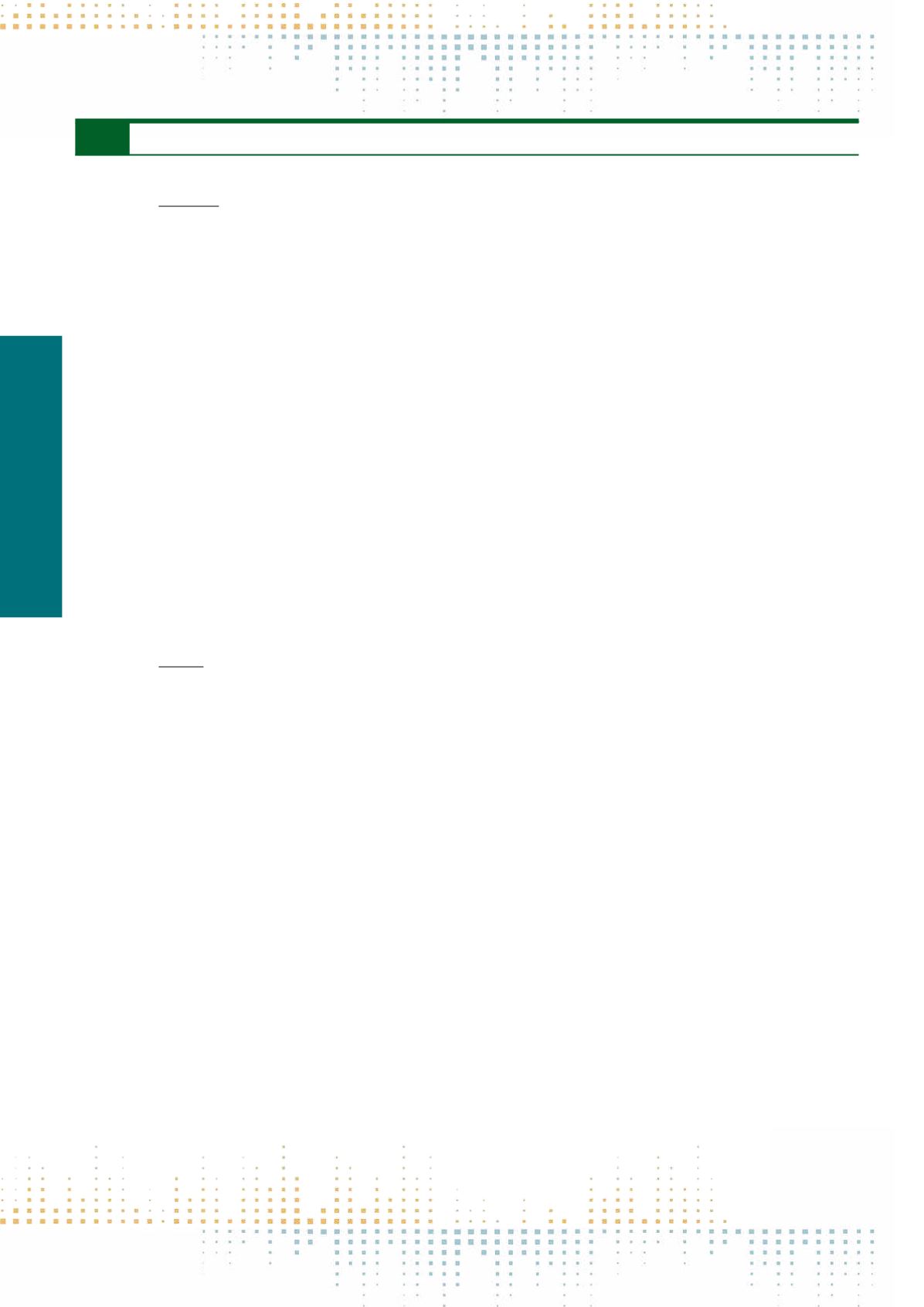

162
Thursday, November 10
1 1 : 0 0 – 1 2 : 3 0
CRC02
The EuropeanMigrant Crisis andHumanitarian Communication
PP 122
The Spiral of Silence and the Asylum Crisis in Europe
B. Johansson
1
, M. Ghersetti
1
, T. Odén
1
1
University of Gothenburg, Department of JournalismMedia and Communication, Gothenburg, Sweden
The asylum crisis in Europe has been the dominant political issue during the fall of 2015. News all over Europe has covered the escalating crisis, and the polit‑
ical debate has been intense. Numerous news stories have been published about demands for support from the EU to handle the situation in separate coun‑
tries, calls for solidarity between European countries when accepting refugees, arguments for stricter regulations in the asylum-process, difficulties in man‑
aging the asylum seeking process, appeals for protecting the right to seek asylum, and the treatment of refugees. Sweden had until the end of a November
an open-door policy toward migrants and received 163 000 asylum seekers during 2015. The political debate was intense, with focus on how to handle
the large amount of asylum-seekers, while at the same time the support for an anti-asylum party has increased. By the end of November, the government
(Social Democrats/Green party coalition) declared a policy change resulting in a limitation of the number of accepted asylum seekers to the minimum level
required under European Union laws. The theoretical framework of this study is based on the spiral of silence theory which proposes that people are less
willing to express their opinion when they believe their views are shared by a minority. We are sensitive to our surrounding social environment won’t speak
out if we fear to become socially isolated (Noelle-Neuman 1984, Carrol et al 1997, Neuwirth et al 2007). This framework is used to analyze to what extent
people feel they can express their opinion about the asylum crisis. Comparisons are made between expressing opinions to their (1) family and friends, (2)
colleagues at work/school, (3) strangers. In order to explain differences in opinions, we use political affiliation, different aspects on how news reported
about the asylum crisis and social-demographics (like gender, age, social class and education). The data used were collected by the LORE (Laboratory
of Opinion Research) at the University of Gothenburg, using the Citizen Panel
(www.lore.gu.se). A sample of 2500 respondents was drawn from the panel
(50 000 respondents in total). The sample was stratified (in relation to the Swedish general public) due to age, gender and education level. The web-survey
was collected between in October/November 2015, with a response rate of 63 percent (1574 answers). An identical survey to the same sample will be con‑
ducted in April 2016 in order to analyze the impact of the changed policy on respondent’s willingness to express their opinions. References Carroll J. Glynn,
Andrew F. Hayes and James Shanahan (1997). “Perceived Support for One's Opinions and Willingness to Speak Out: A Meta-Analysis of Survey Studies on
the "Spiral of Silence"”. The Public Opinion Quarterly. (61) pp. 452–463. Neuwirth, Kurt, Edward Frederick and Charles Mayo (2007). “The Spiral of Silence
and Fear of Isolation”. Journal of Communication (57) pp. 450–468 Noelle-Neumann, Elisabeth (1984). Spiral of silence: public opinion, our social skin/
Chicago: University of Chicago Press.
PP 123
Media Representation of the "Refugee Crisis" in Hungary and Austria
E. Bognar
1
1
Central European University, Center for Media- Data and Society, Budapest, Hungary
The summer of 2015 saw the emergence of the so called “refugee crisis” in Hungary and in surrounding countries. Hungarian authorities may have not
been prepared for the rising number of people arriving to the borders, but the public has been tuned to the government`s anti-migration narratives
since the beginning of the year. The Hungarian government used numerous channels for its message (billboards, traditional mail in the frame of “national
consultation”) and was highly successful at setting the agenda and defining the discourse on migration in the media as well, leaving very little room for
alternative narratives (Bernath-Messing 2015). By the time the parks and train stations of Budapest filled with people trapped in the city on their way
to Western Europe, the topic dominated all Hungarian media and had widespread coverage in Europe as well. There was consensus over the importance
of the issue across different mediums, but there is anecdotal evidence of significant and considerably diverse narratives and discourses. In order to examine
these narratives, we conducted a systematic content analysis in two EU member states affected by the “refugee crisis”: Hungary and Austria. To focus our
study, we selected certain events that triggered significant and contrasting political discourses and analysed the media coverage of these events in order to
detect differences of coverage, perceptions, political claims and the understanding of the “refugee crisis” in a comparative perspective. The three events in
focus are: 1. the“ghost van”– a van with dead bodies of 71 refugees found on the sideway of A1 motorway in Austria (27.08.2015); 2. the“march of hope”:
the march of refugees from Keleti station, Budapest towards the Western border of Hungary (04.09.2015); 3. the closing of the Hungarian-Serbian border
with wired fence (15.09.2015). The data collection included two political dailies with the largest circulation; one internet news portal with the largest
readership; one tabloid; and two television evening news programs: the public service and the commercial channel with the largest viewership in both
countries (Hungary and Austria). This paper discusses the results of the analysis aiming at showcasing the different narratives. The study was conducted by
a team of researchers.



















